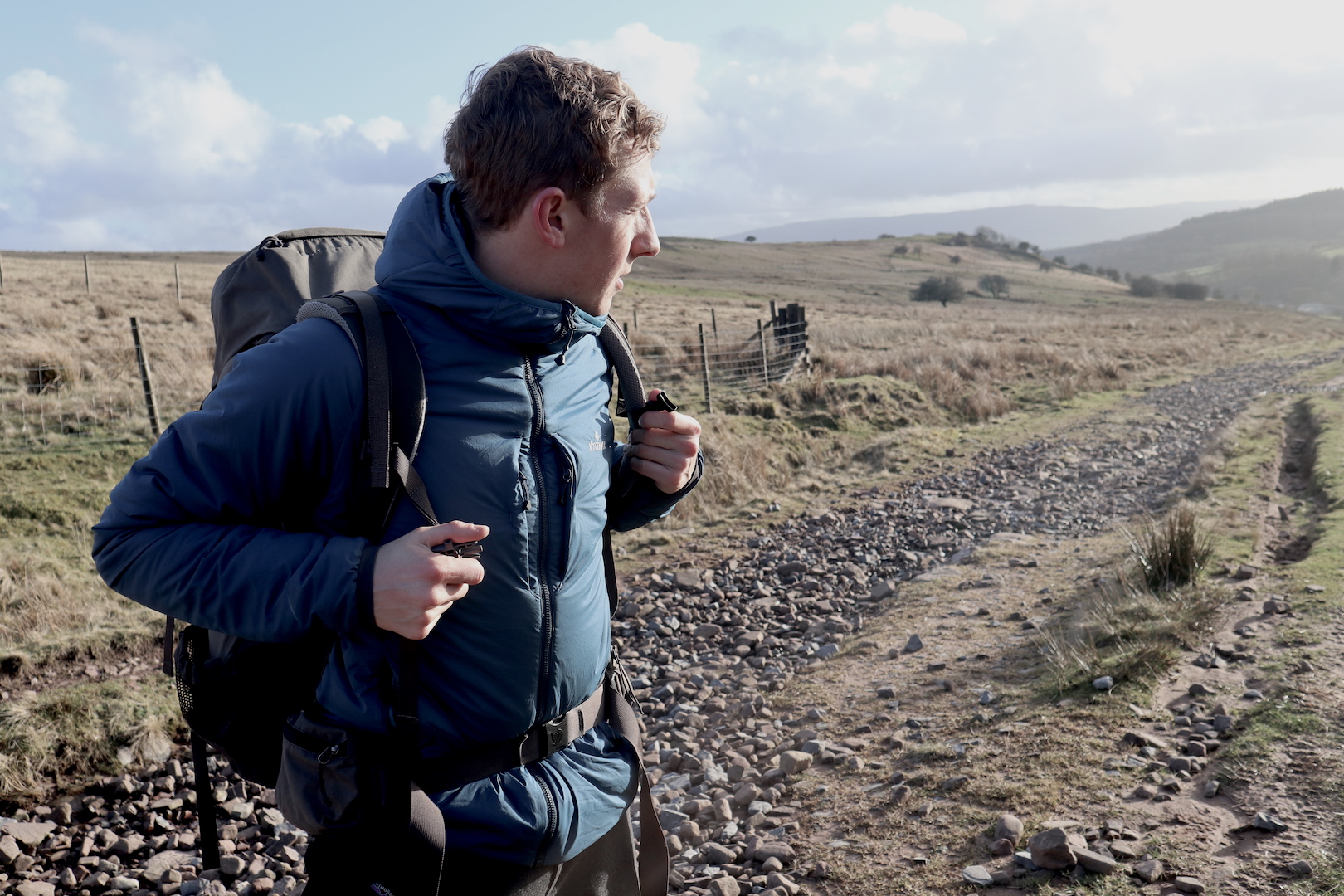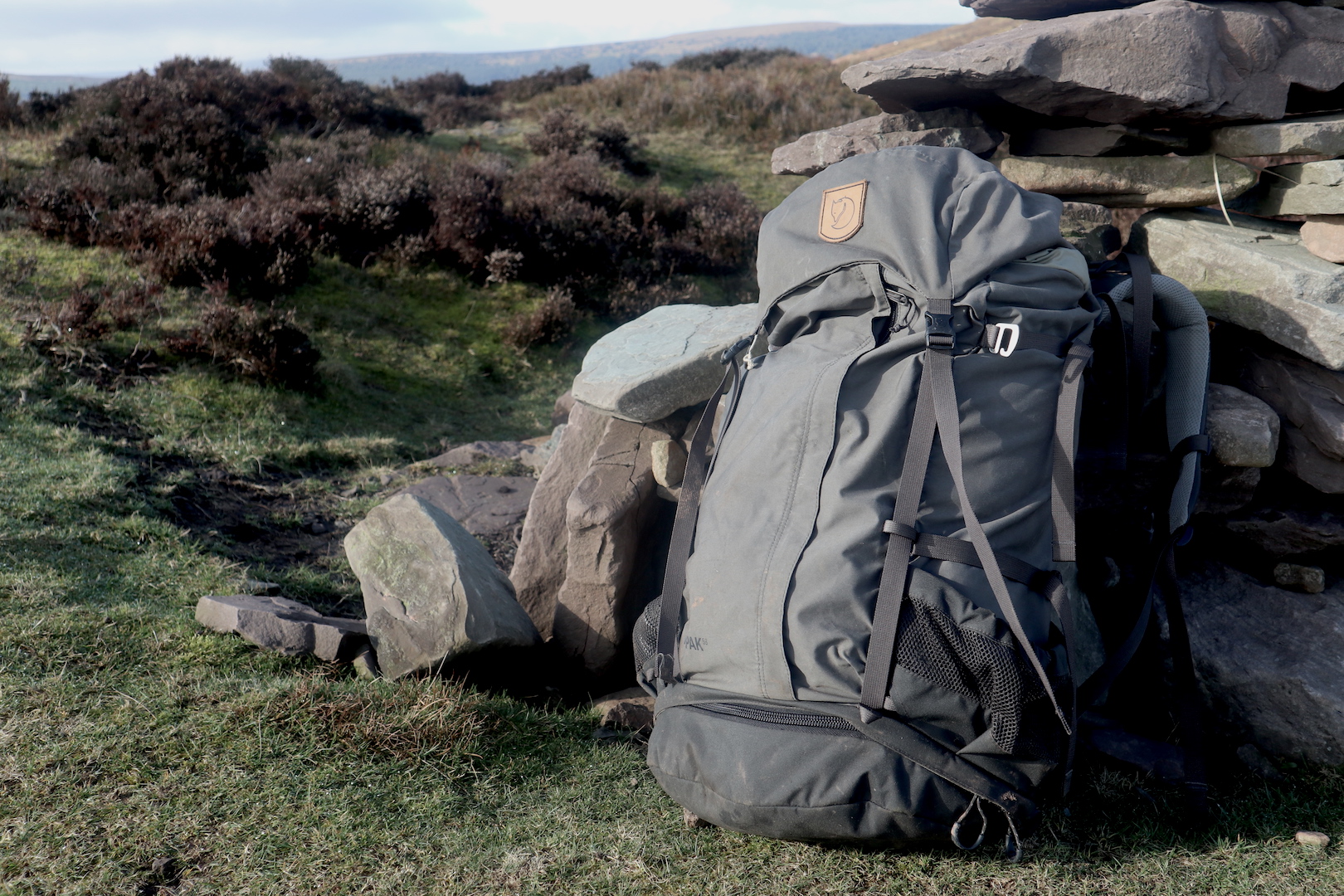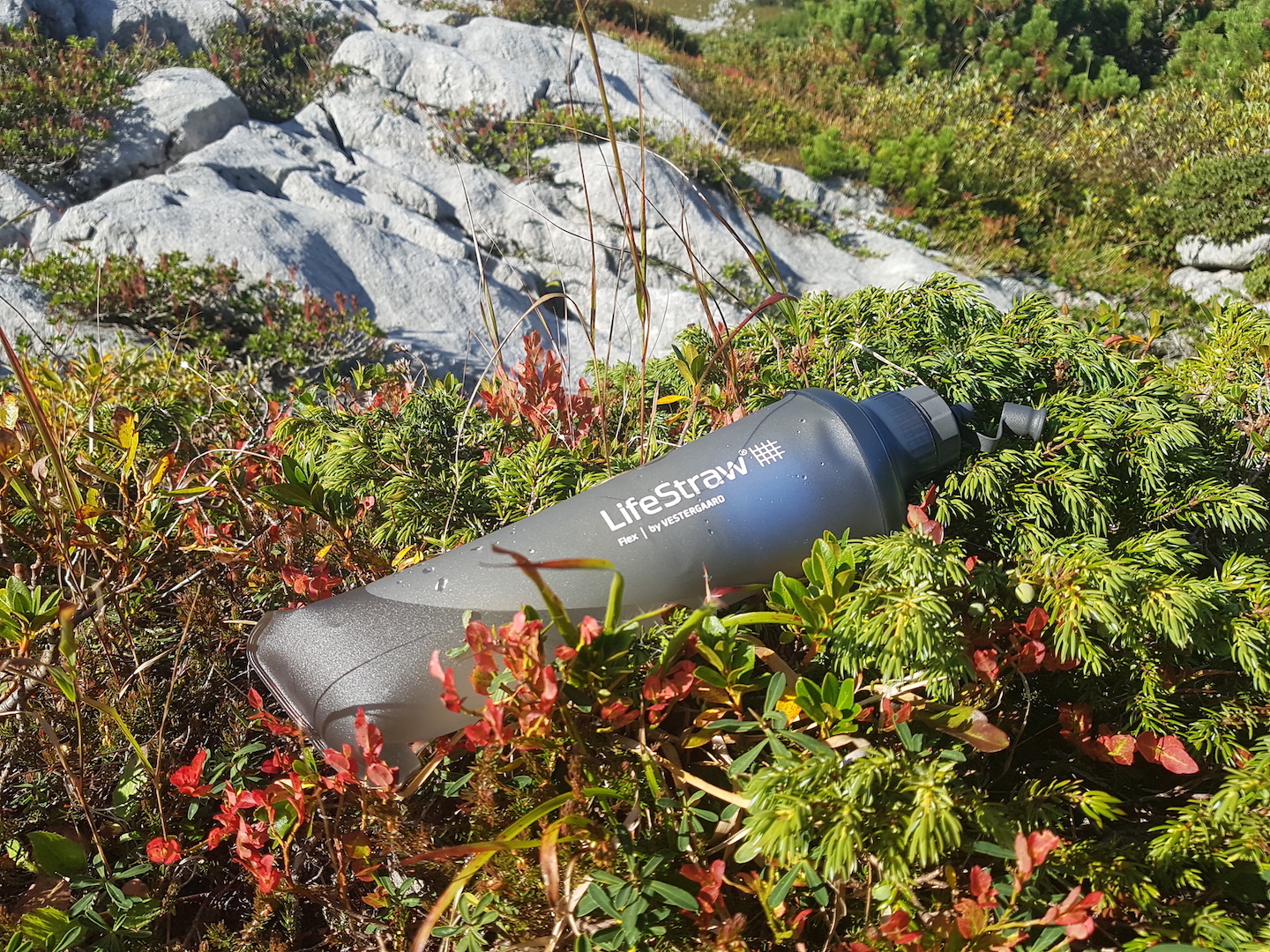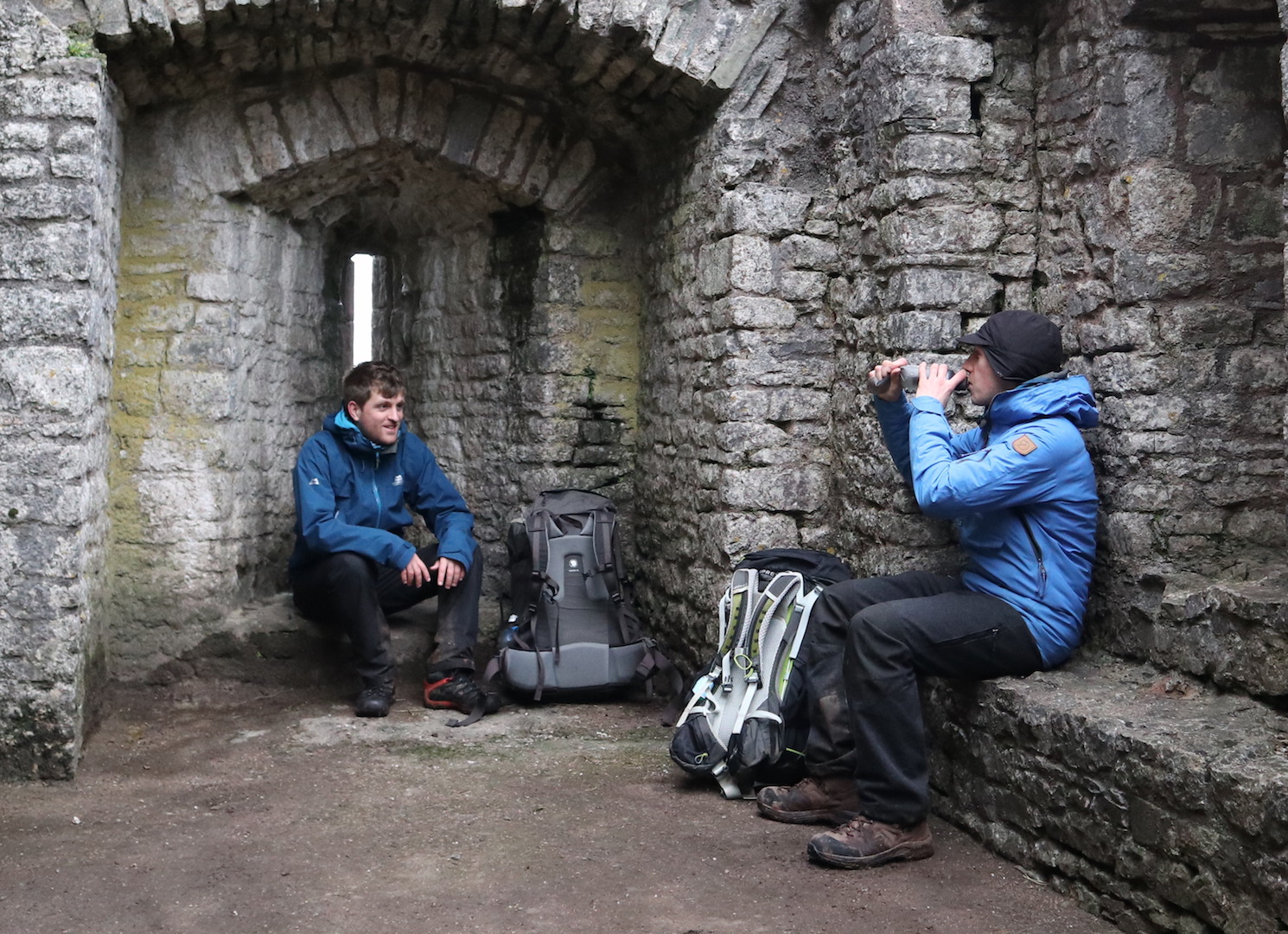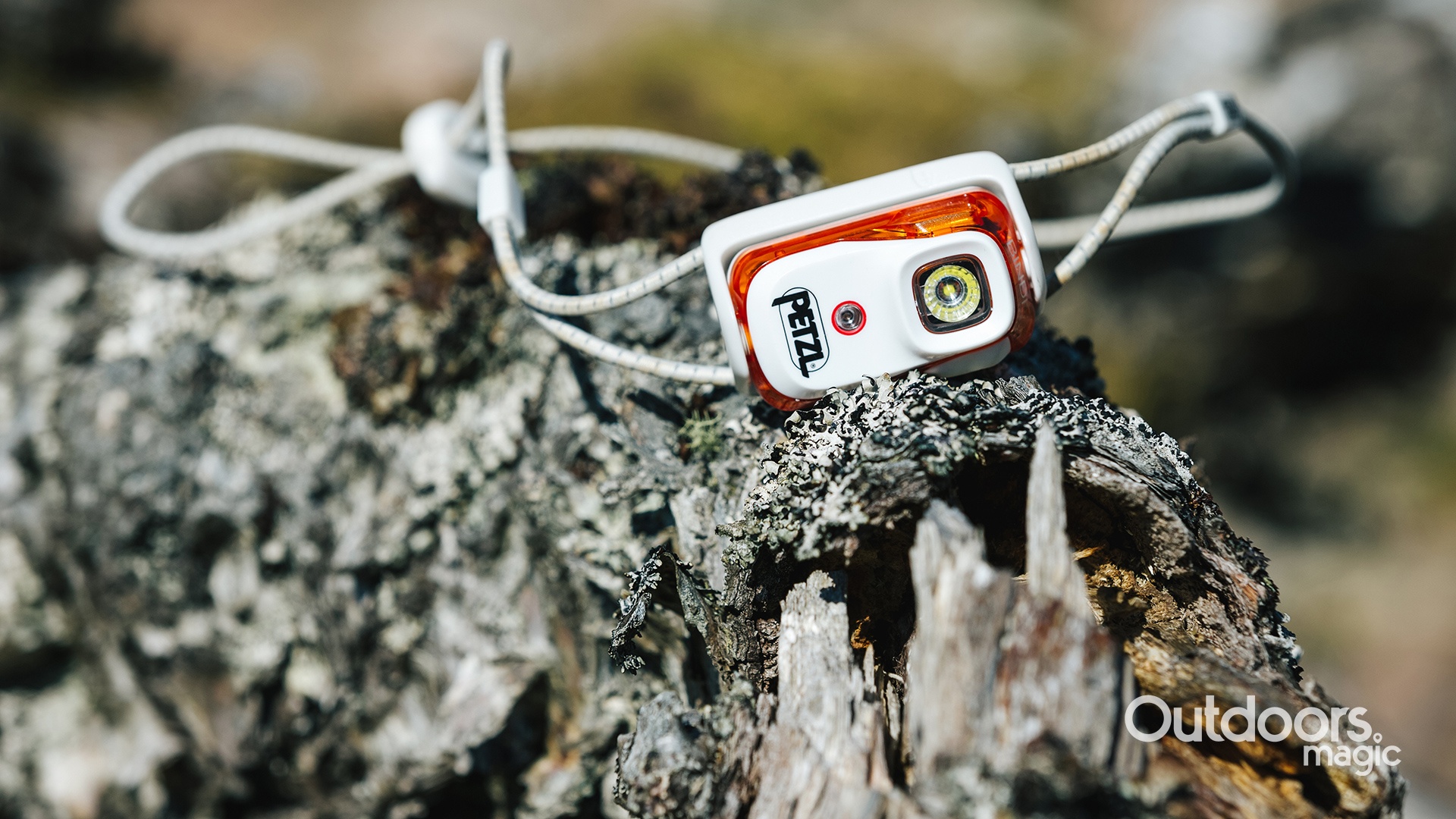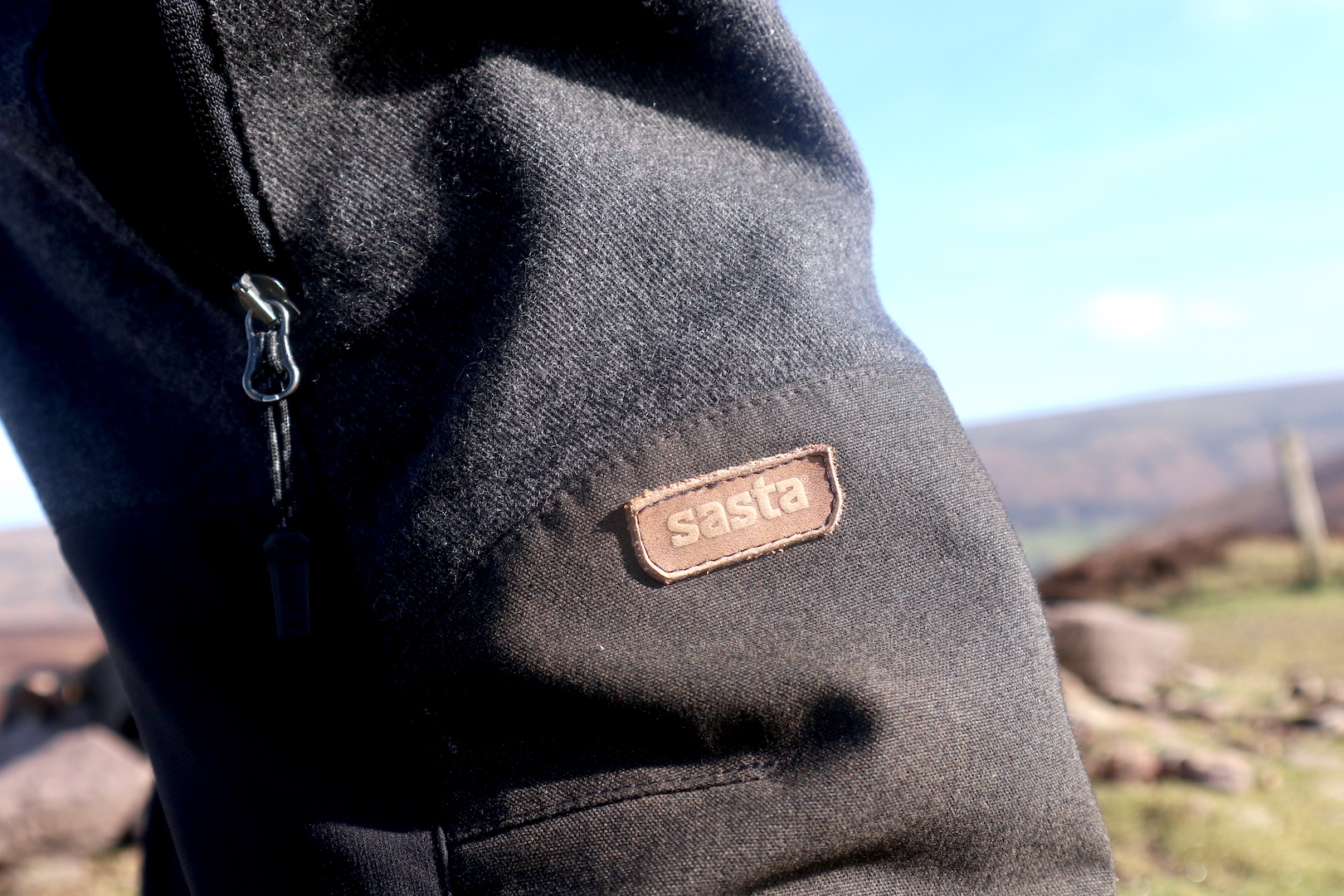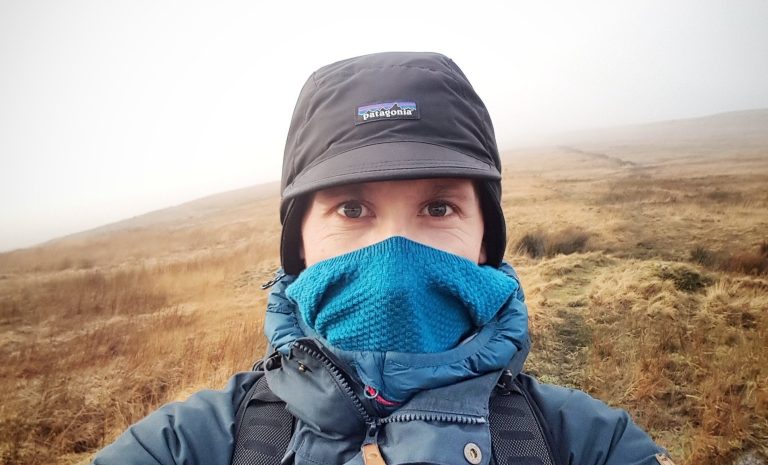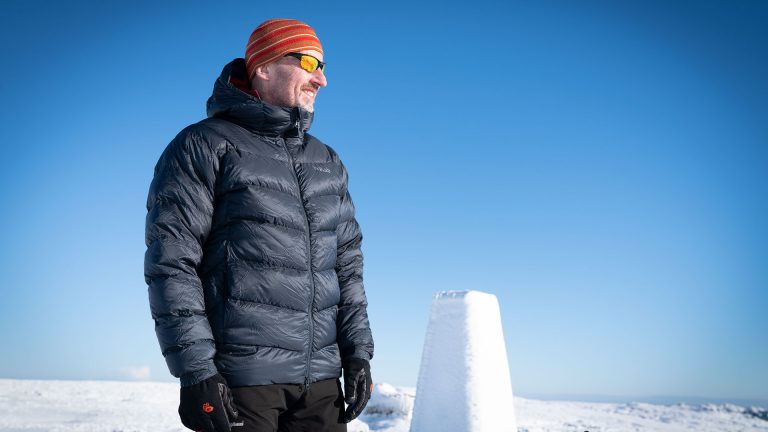Normally it’s in spring and summer that I do my long distance walking, but this year, due to being slightly more starved of quality mountain days this winter than usual, I just couldn’t wait for things to warm up. I also thought it was about time I tested my mettle over a few days and nights in winter mountains.
It was the Beacons Way that I chose to walk, a 96-mile hike from the western end of the Brecon Beacons National Park right through to its eastern reaches. And it was brilliant. Having grown up in South Wales, I thought I knew that part of the country like the back of my hand, but this trail showed me that there’s always much more to discover.
In the end, my mettle wasn’t tested as much as I had expected – weatherwise at least. The week I spent walking ended up seeing the hottest February temperatures ever recorded. I’ve genuinely had much colder summer hikes.
It was a tough old walk in terms of terrain encountered mind. 6,719m in total ascent is a lot considering the distance and that the highest point reached along the way (Pen y Fan) is only 886m. Up a hill, down a hill, up a hill again. That was the order of events. The trail makers clearly weren’t interested in any contouring.
It made for good terrain for gear testing anyway. My friend James perhaps won’t agree – he had to drop out after two days with a knee injury the poor sod.
Here’s what I took with me and how I got on with it…
Keen Karraig

These are hefty boots. Much heftier than what I’m used to wearing on long distance walks. But then I’ve only ever done those kind of hikes from spring through to autumn, so this time I knew I needed something more technical, something that could keep the Brecon Beacons bog out.
Keen’s Karraig boots proved well up to the task. Waterproofing was excellent and the breathability not bad either. It was the grip that impressed me most though. In fact, on the way down Craig Cerrig Gleisiad in the dark my friend, who was wearing Merrell Chamelon 7’s, had to slide down the muddy slope on his bum while I could walk straight down with ease. The downside to them was that the lacing system is fairly unresponsive and difficult to pull in tight.
Jöttnar Elvar
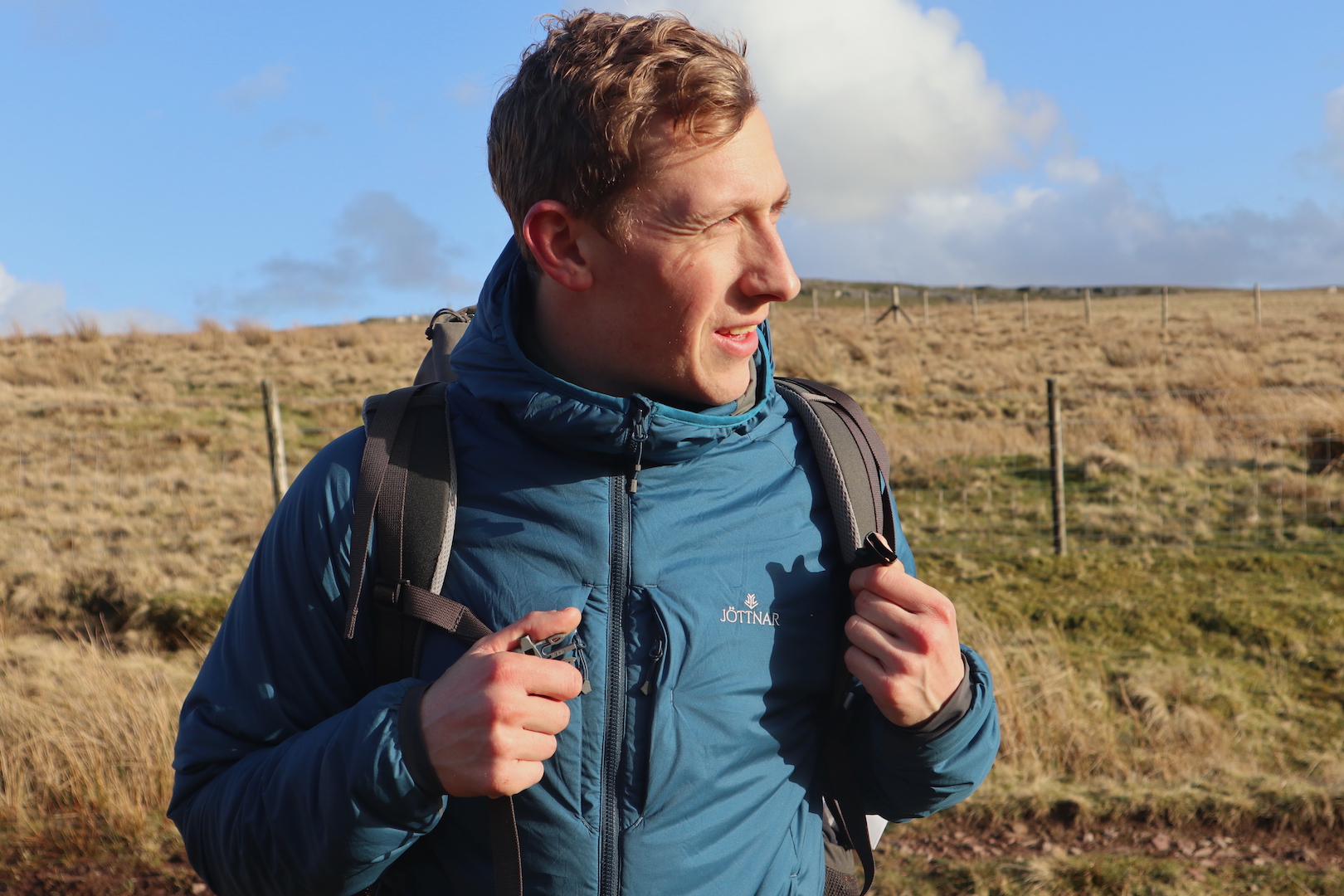
The conditions were so kind to us on our hike that I don’t think I really got to test the Jöttnar Elvar properly – it’s a jacket designed with full-blown Scottish winters in mind.
The thing is, with the Brecon Beacons in February, you’ve got to be prepared for any kind of conditions. This time it was overkill, but on any other day, it could be a godsend.
Still, it served me very well on windy summits and during the evenings spent sat outside the tent waiting for the pot to boil.
I picked it as I wanted something with insulating fibres that could perform even in wet conditions, and I’d have confidence in this delivering on that front when required.
Terra Nova Southern Cross 2
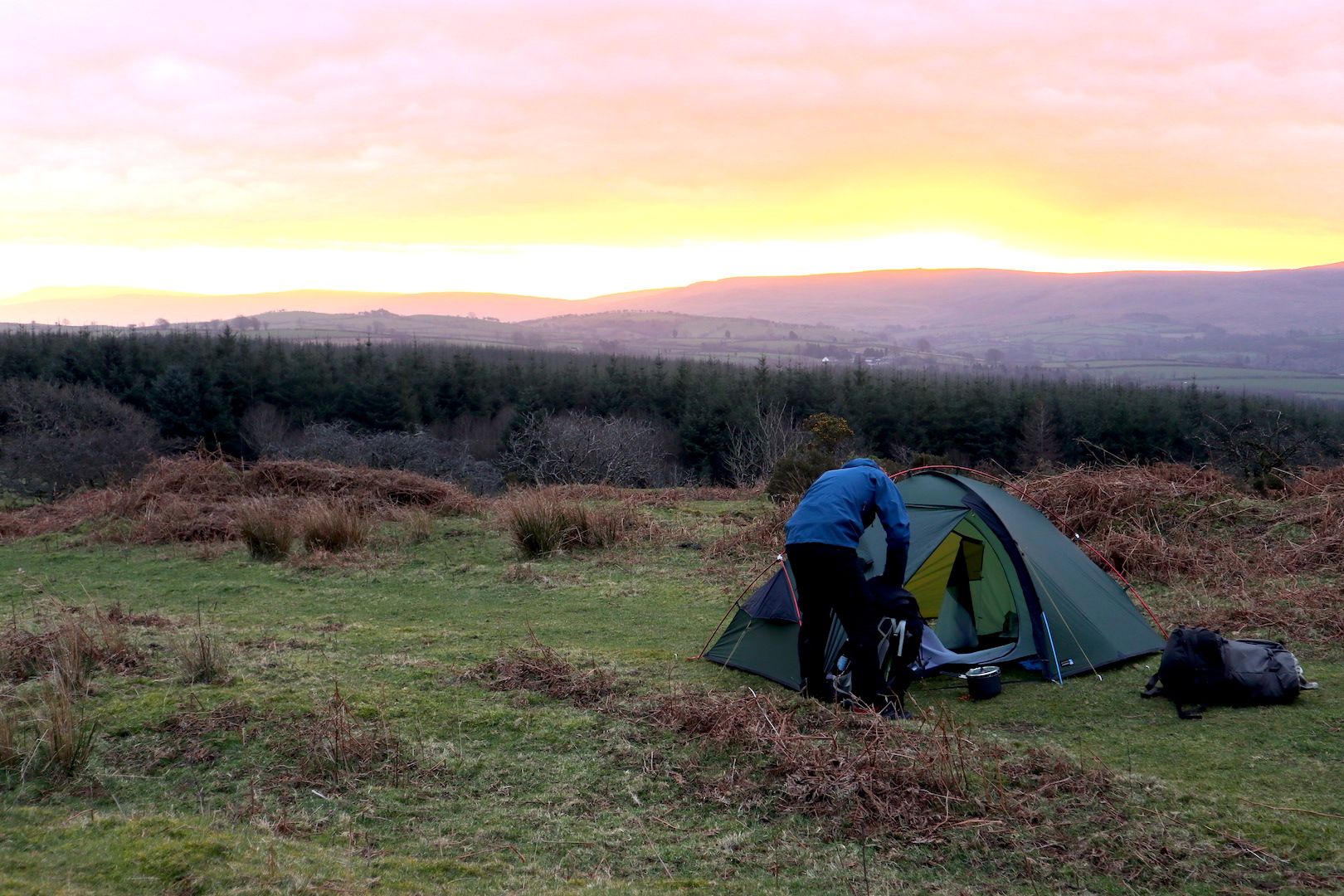
Hands down the best two-person tent I’ve ever used. I love it. From the Cairngorm plateau to our second night camped underneath the cliffs of the Black Mountains, I’ve seen out some pretty rough nights in this and always felt completely protected.
As well as being remarkably sturdy, The Terra Nova Southern Cross 2 very quick and easy to pitch, and it’s very easy to live in with another person thanks to the porches and entrances on either side. It comes at a fairly hefty price, but if you’re fed up of sleepless nights during windy nights in the hills, this would be a worthwhile investment.
Rab Alpine Pro 600
Despite the mild days, we still had typical night time temperatures you’d expect in the February hills, dipping down to about -2. Fortunately, I had the right sleeping bag for the job (it’s comfort level is -3 and the limit is -9). The Rab Alpine Pro 600 was warm, amazingly lofty and comfortable, and also, thanks to its Nikwax hydrophobic down, it never seemed to be affected by the condensation inside our tent. I also really liked having that extra adjustment cord around the neck that allows you to properly lock your body heat in, particularly when you have the hood cinched as well.
At 1165g in weight, to me it’s slightly on the heavy side for a long distance walk during late spring and summer in the UK, but for colder conditions, it’s perfect (hence the name).

